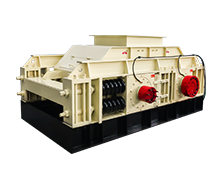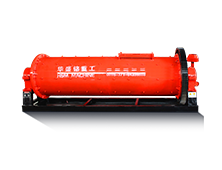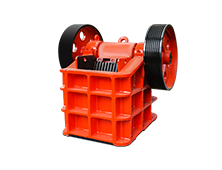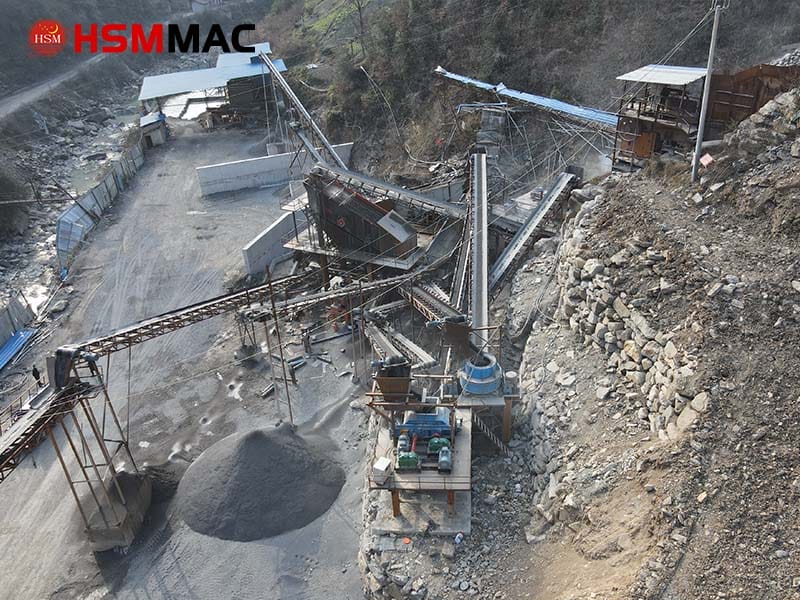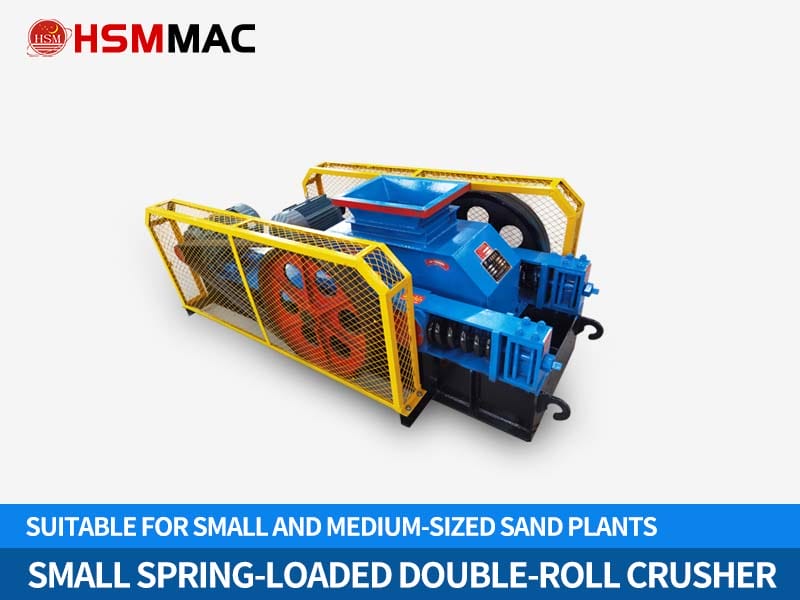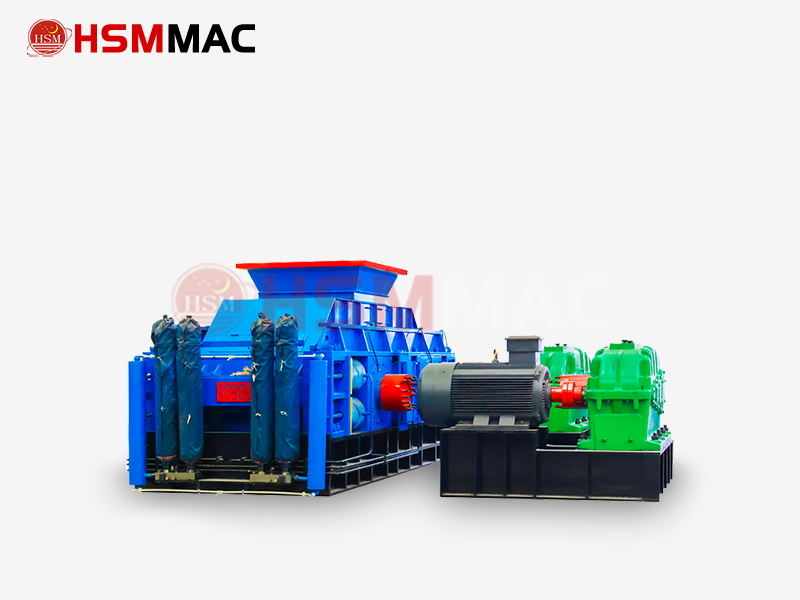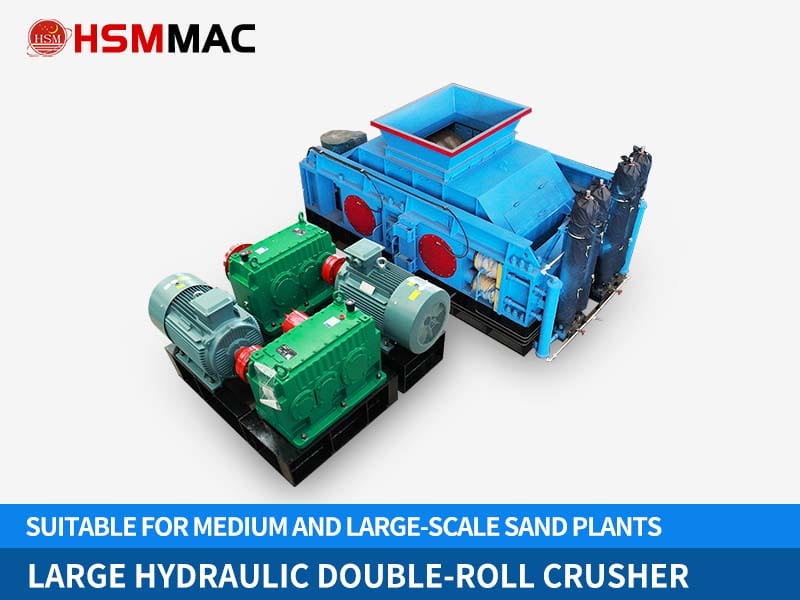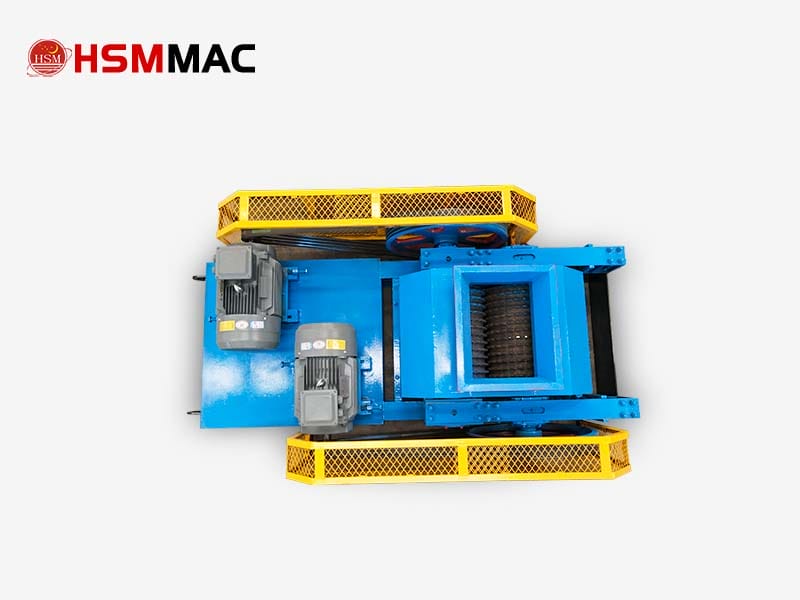The hydraulic system of the hydraulic roll crusher is its core control unit. Which realises efficient and precise material crushing through hydraulic power transmission and intelligent control. Through the mechanism of ‘Intelligent Pressure Control + Dynamic Feedback’, the hydraulic system gives the roller crusher high precision. Strong toughness and energy saving advantages, and becomes the core technology of the roller crusher.

1. Hydraulic Roll Crusher Hydraulic System
Hydraulic Pump Station
Power source: the electric motor drives the hydraulic pump (such as gear pump or piston pump). Which converts mechanical energy into hydraulic energy and outputs high-pressure oil (the working pressure is usually 10-20MPa).
Pressure control: the system pressure is regulated by electromagnetic relief valve to avoid overpressure damage to the equipment, and specific pressure is allocated for different circuits (such as roll gap adjustment, overload protection) by pressure reducing valve.
Hydraulic actuators
Hydraulic cylinder: controls the displacement of the movable rollers to achieve precise adjustment of the roll gap (accuracy ±0.1mm). The expansion and contraction of the piston rod is controlled by a three-position four-way electromagnetic directional valve. And a one-way throttle valve regulates the speed of movement.
Hydraulic motor: drive roller rotation (adopted in some models), providing high torque output to adapt to the demand of hard rock crushing.
Control valves and auxiliary components
Directional and locking valves: Electromagnetic directional valves control the direction of the oil circuit. Hydraulic check valves lock the position of the hydraulic cylinder to ensure the stability of the roll gap.
Accumulator: filled with nitrogen (pressure 6-8MPa), absorbing shock load (such as over-iron). Stabilising the system pressure, and reducing the frequent starting and stopping of the hydraulic pump.
Filtration and cooling device: suction filter to prevent impurities from entering the system, return filter to purify the oil; some models are equipped with heater/cooler to maintain stable oil temperature.
2. Roll crusher hydraulic system workflow
Start and power transmission
The electric motor starts the hydraulic pump → the oil enters the system through the filter → the pressure oil is distributed to the hydraulic cylinder or hydraulic motor through the reversing valve.
Roll gap dynamic adjustment
Normal crushing: the hydraulic cylinder pushes the movable roll close to the fixed roll and sets the target gap (1-40mm adjustable). Pressure oil enters the cylinder chamber after set by pressure reducing valve, and the one-way sequence valve balances the self-weight of piston.
Particle size adjustment: through PLC control solenoid valve opening, real-time fine-tuning roller gap (such as granite sand needs 1-5mm, roadbed material needs 8-16mm).
Overload protection mechanism
When foreign matter enters: hard matter (e.g. metal) leads to a sudden increase in crushing force → hydraulic cylinder rod chamber oil is squeezed into the accumulator → nitrogen compression accumulator → after the foreign matter is discharged, the nitrogen expansion pushes the oil to return to the cylinder → the roll gap is automatically reset.
Response time: the whole process is completed within 0.5 seconds without stopping.
Power output and energy-saving control
The hydraulic motor drives the rollers to rotate in opposite directions to squeeze the materials; the system dynamically adjusts the flow rate and pressure according to the load, and automatically reduces the pressure when it is empty to reduce the energy consumption (the unit power consumption is 0.8-1.2kWh/tonne).
3. System features and technical advantages
Precise control
The hydraulic feedback system monitors the pressure and displacement in real time to ensure that the error in the particle size of the discharged material is ≤3% and the percentage of cubic particles is ≥95%.
High reliability
Accumulator buffer impact + liquid-controlled check valve locking, to avoid deformation of mechanical parts; sealing design to prevent dust intrusion, prolonging the life of components.
Energy saving and high efficiency
Energy saving of 20%-30% compared with mechanical transmission, overload protection to reduce downtime losses, capacity increase of 30%-40%.
Automation integration
Support PLC remote control to achieve one-key adjustment and fault warning (e.g. abnormal oil temperature, clogged filter element).
4. Application Scenarios and Operation Suggestions
Typical scenes:
Mining hard rock crushing (granite, iron ore)
Construction waste recycling (concrete blocks with moisture content ≤35%)
Chemical raw material fine crushing (sulfur, fertiliser)
Maintenance Points:
Regularly test the cleanliness of the hydraulic oil (NAS Class 9 standard) to prevent valve spools from jamming.
Accumulator precharge pressure is calibrated quarterly to ensure a sensitive response to overload protection.


